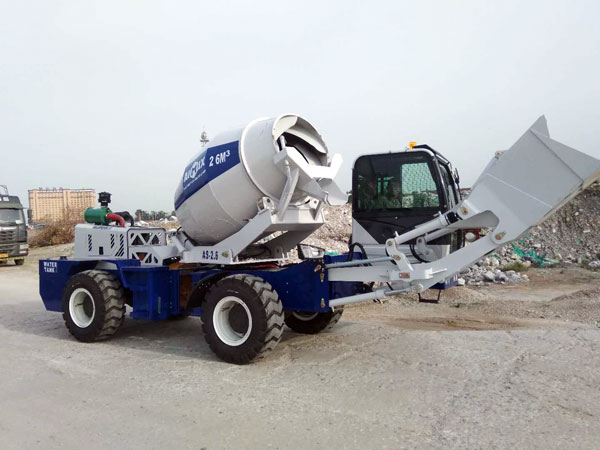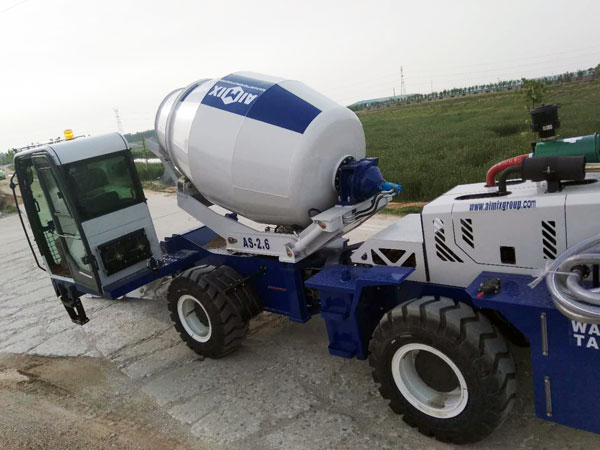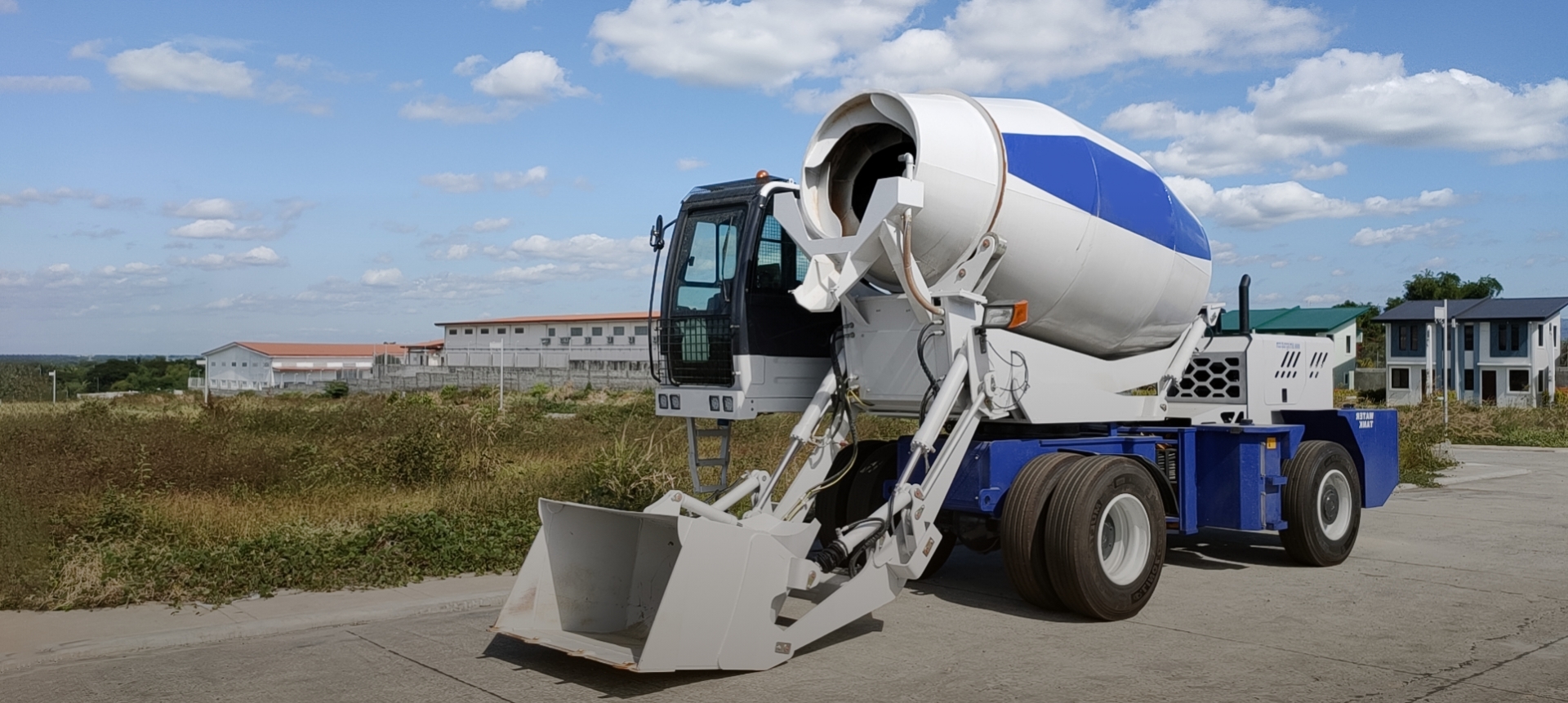Loading and unloading materials with self-loading mobile mixers are critical phases in the construction process, yet they come with unique challenges. This article delves into the obstacles faced during these operations, offering insights into overcoming them for efficient construction workflows.
The Complexity of Material Loading
Loading materials into a self-loading mobile mixer involves a delicate dance of precision and efficiency. Several challenges arise in this initial phase, demanding attention and strategic solutions.
Variable Material Types and Sizes
One primary obstacle is the diverse nature of construction materials. From aggregates to cement, the self contained concrete mixer truck encounters different types and sizes of materials. Ensuring a streamlined loading process amid this variability requires adaptability in the mixer’s design and operational approach.

Site Accessibility and Terrain Issues
Navigating construction sites, often characterized by uneven terrain and limited accessibility, poses a significant challenge. The self-loading mobile mixer must maneuver through these conditions while maintaining stability and preventing spillage during material loading. Overcoming this obstacle involves designing mixers with enhanced mobility features and terrain adaptability.
Optimizing Loading Time without Compromising Quality
Time efficiency is crucial in construction projects, and material loading is no exception. However, the need for speed should not compromise the quality of the loading process. Balancing speed and precision requires innovative features in self loading cement mixer for sale, such as automated loading systems and real-time monitoring to ensure optimal material distribution.
The Intricacies of Material Unloading
Unloading materials from a self-loading mobile mixer is the concluding phase, yet it presents its own set of challenges that demand attention and strategic solutions.
Ensuring Uniform Material Discharge
Achieving uniform material discharge is paramount for the quality of construction projects. However, obstacles such as material segregation during transit and uneven distribution within the mixer can impede this goal. Overcoming this challenge involves incorporating specialized discharge systems and mixer designs that minimize material separation.

Addressing Residual Material in the Mixer
Residual material left in the mixer after unloading can be a persistent challenge. This not only affects the quality of the next batch but also adds to cleaning efforts. Implementing effective mixer cleaning mechanisms, such as anti-sticking features and optimized discharge angles, addresses this obstacle and streamlines the unloading process.
Minimizing Environmental Impact during Unloading
Unloading materials may generate dust or spillage, impacting both the environment and site cleanliness. Overcoming this obstacle involves integrating environmental control measures, such as dust suppression systems and spillage prevention features, into the self-loading mobile mixer design. Check its unloading process here: https://aimixglobal.com/mini-self-loading-concrete-mixer/.
Technological Innovations for Overcoming Obstacles
Embracing technological advancements is key to overcoming the obstacles in loading and unloading materials with self-loading mobile mixers. Innovations in design and operation contribute to enhanced efficiency and performance.
Automation and Sensor Integration
The integration of automation and advanced sensors streamlines the loading and unloading processes. Automated systems can precisely control material flow, while sensors provide real-time feedback on material distribution and mixer status. These technological advancements enhance accuracy and reduce the impact of variable material types and sizes.
Telematics for Remote Monitoring
Telematics technology enables remote monitoring of self-loading mobile mixers. Construction teams can track the mixer’s performance, identify potential issues, and optimize loading and unloading operations from a centralized location. This not only improves efficiency but also minimizes on-site challenges related to accessibility and terrain.
Material-specific Mixer Configurations
Customizing self-loading mixers for specific material types and project requirements addresses the challenge of variable materials. Material-specific configurations, such as specialized drum designs and adjustable mixing parameters, ensure optimal performance for diverse construction materials.
In conclusion, loading and unloading materials with self-loading mobile mixers pose multifaceted challenges, but overcoming these obstacles is imperative for efficient and high-quality construction. Through a combination of innovative designs, technological integrations, and strategic considerations, the construction industry can navigate these challenges and unlock the full potential of mobile self loading concrete mixer in the modern construction landscape.
